Best time to start perennial garden
There’s one important Rule of Green Thumb you need to remember when you think about planning for perennials: If it blooms in the spring, you dig and divide it in the fall, and if it blooms in the fall, you dig and divide it in the early spring.
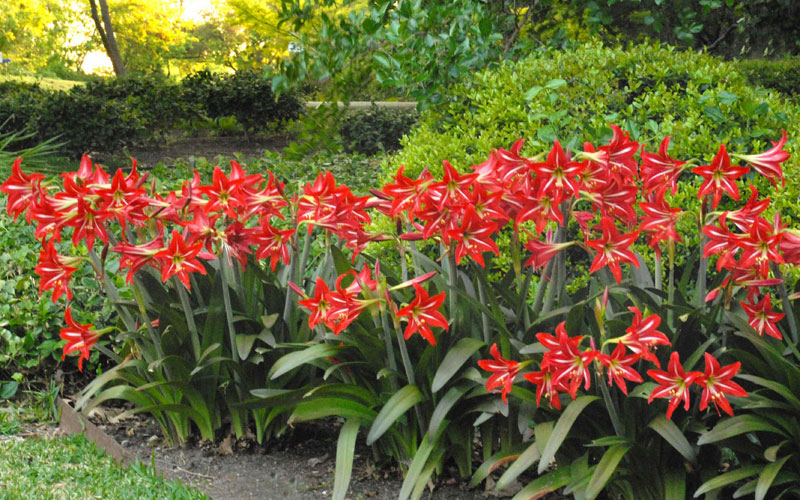
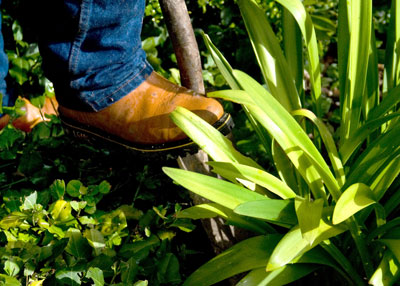
Many, if not most, of our popular flowering perennials bloom in the spring and early summer, so that means that late September and October are the best times to dig and divide them. Nurseries will still have many available in pots, but friends and relatives, also local plant societies will be actively thinning out their over-abundances now, so this is a great time to get started.
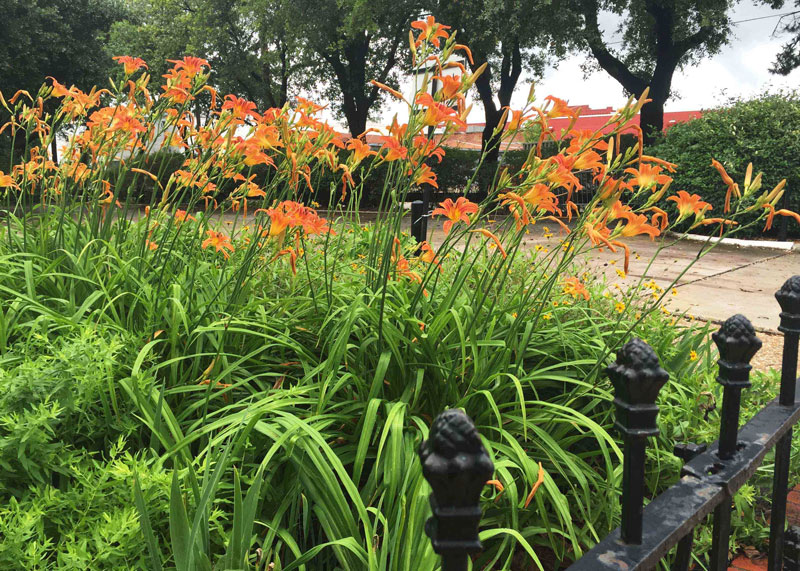
• Any plant that I choose must be adapted to the place where I’m going to be using it. There’s no point in even considering a plant if it isn’t going to be happy with its chance to grow in my gardens. It must be able to withstand local weather extremes. I can modify the soils, and I can even adjust to plant it in sun, part-sun or shade, but any plant that can’t hold up to our weather isn’t going to come home to my gardens.
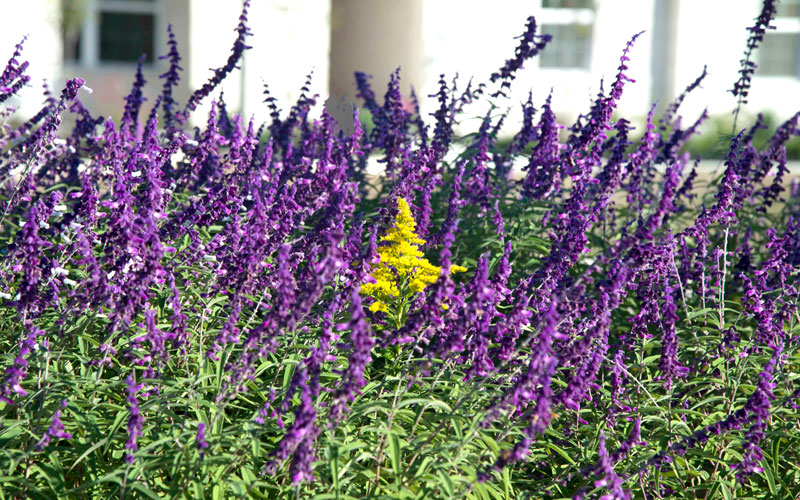
• Second consideration is a perennial’s color. I try to have a color scheme in my gardens, so it’s important that all of my players work well together. The last thing that I want is one bright yellow flower popping out of a bed of otherwise lavender, pale pink and white blossoms.

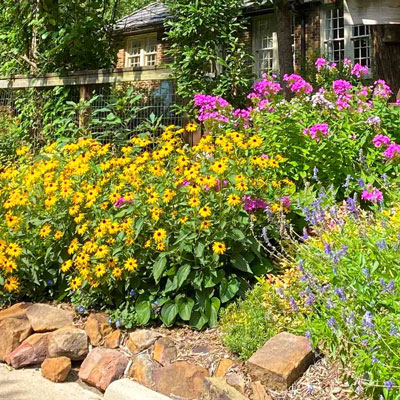
• Tying right in with the plant’s color is the timing of its bloom. Most perennials flower for two or three weeks, then they shut down for another entire year. You must have a constant sequence of blooms month-after-month to keep the garden interesting at all seasons.
• The best way to incorporate colors and bloom times is to have a 52-week calendar. Determine what your spring color scheme might be, then one for the summer and a third for the fall. It might be cheerful pastels for the spring, cooling blues and purples in summer, and rich fall hues in autumn. Then, accumulate all the plants that bloom (a) in those colors (b) at those seasons.
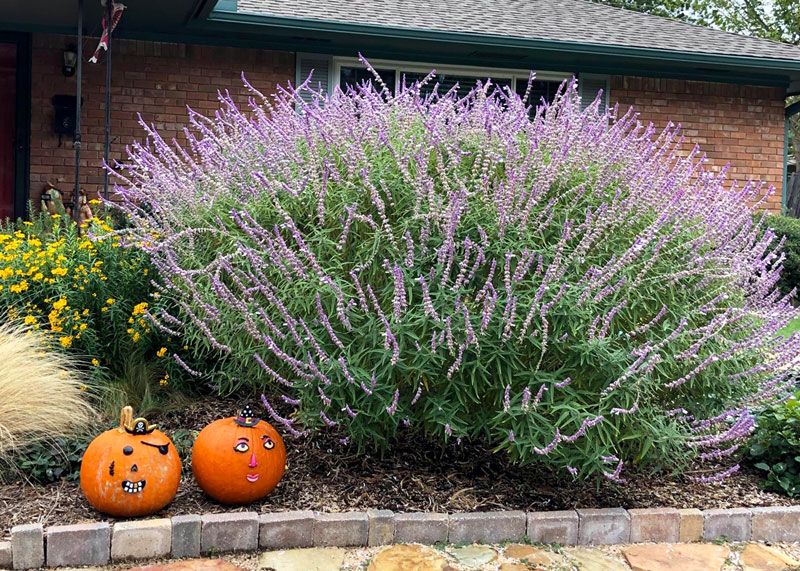
• This is about the time at which I’d begin to think about each plant’s mature size, growth form and texture. I’ll have to consider where in the bed each will be planted – front, middle or back, and that will be determined by its mature size. I’d like to have an attractive blend of large-leafed, boldly textured plants growing alongside plants with softer, finer-textured appearances.
• The secret in successful perennial plantings is to have something colorful at all seasons of the year. Those little “pockets” of color will migrate around as the weeks progress. Tying it all together, I include several evergreen shrubs as the “bones” of the garden.
• Just because a garden features primarily perennials, that doesn’t mean that you can’t use annuals. Since they have showy flowers and foliage for months at a time, they’re great sources of continuity in your plantings. Fill the small spaces with dependable annuals.
• Most perennials perform best in full or nearly full sun. They grow to full potential in rich, highly organic garden soil.
• Use a glyphosate weedkiller now to eliminate all the existing grass and weeds where you want your new bed to be. Wait 10 to 15 days, then rototill and rake to remove all the roots and other debris. Incorporate 5 or 6 inches of organic matter, including sphagnum peat moss, compost, rotted manure and pine bark mulch, also 1 inch of expanded shale, then rototill again to a depth of 12 to 15 inches.
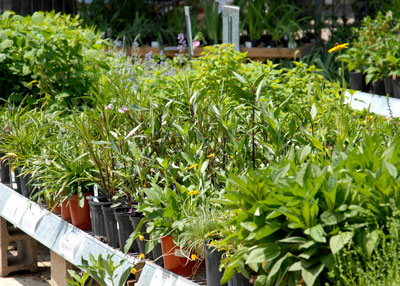
A fine perennial garden is a moving target. You have scores of types of perennials from which to choose. You’ll develop new favorites as you tire of old types that have worn out their welcomes. This is what makes gardening exciting. It’s always a work in progress, no matter how many years you pursue it.
